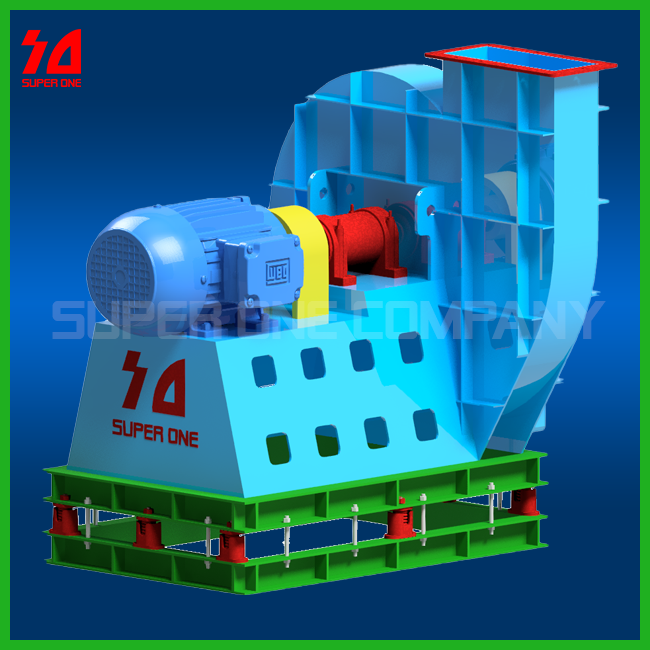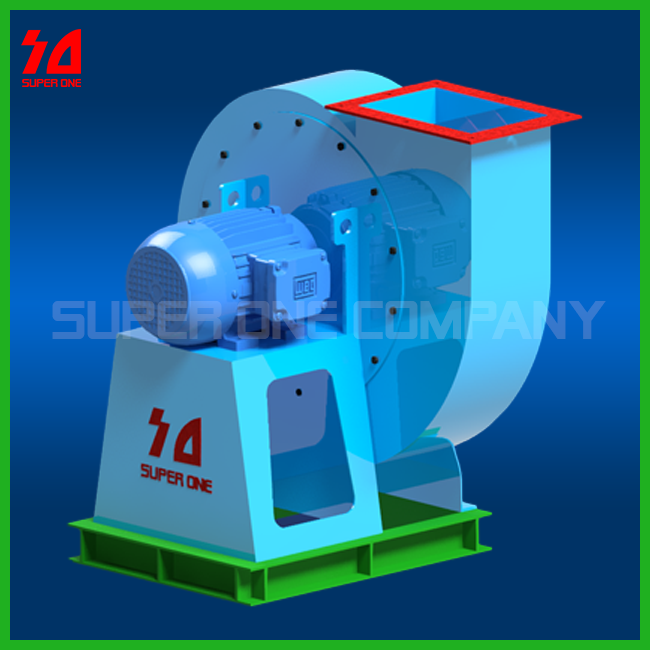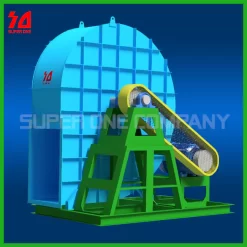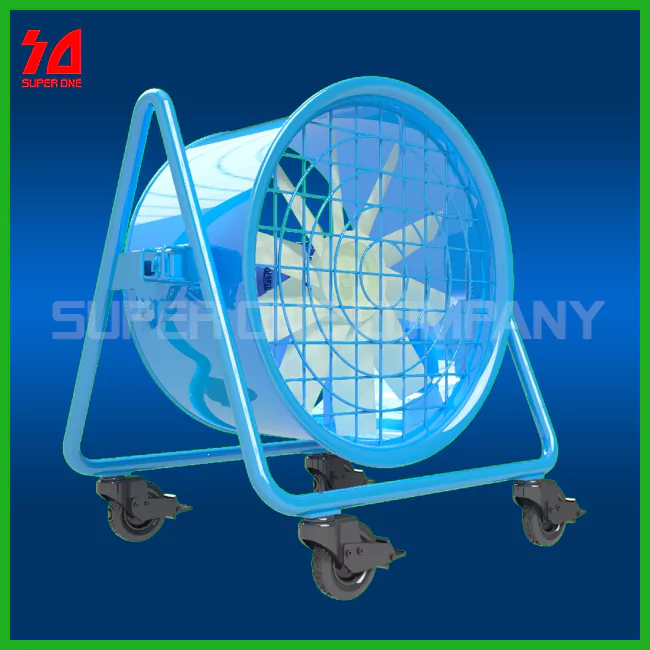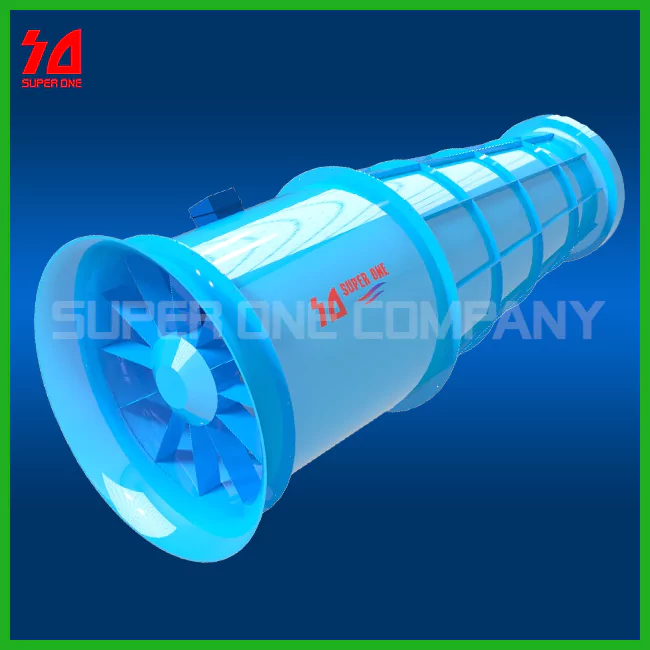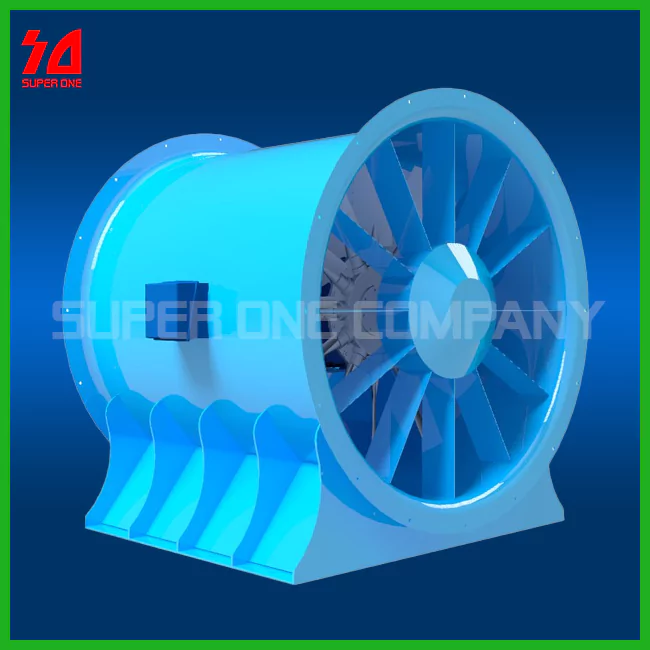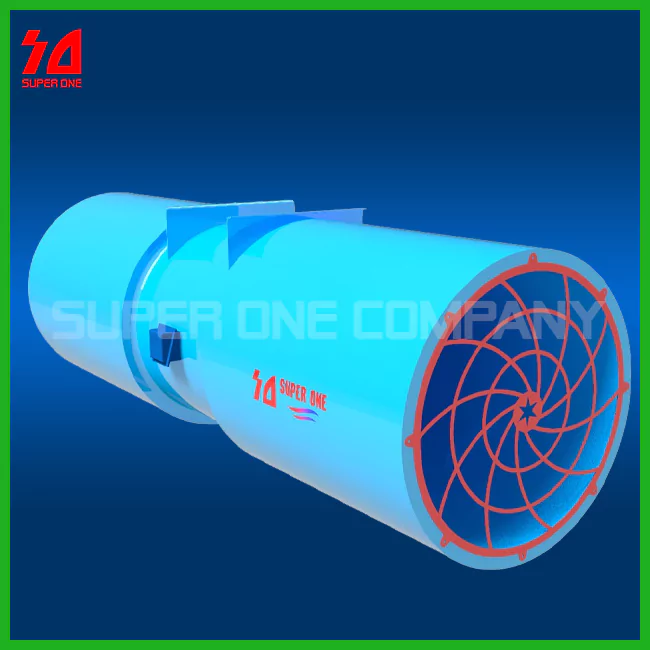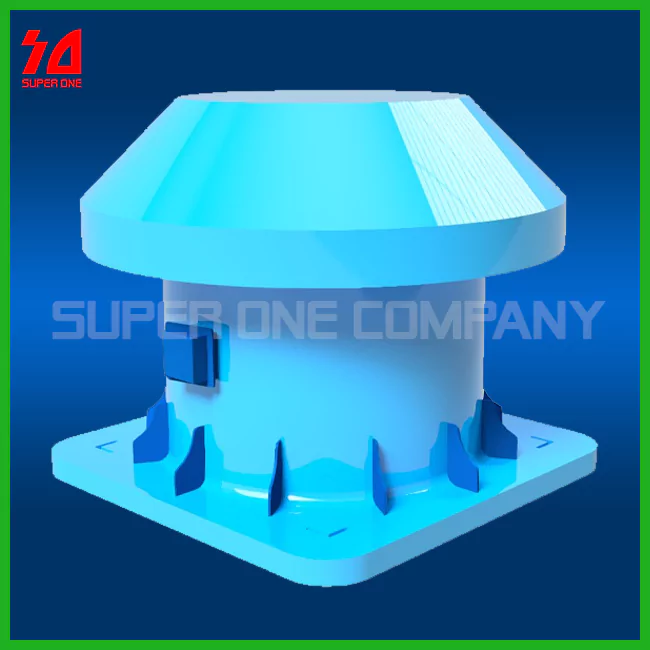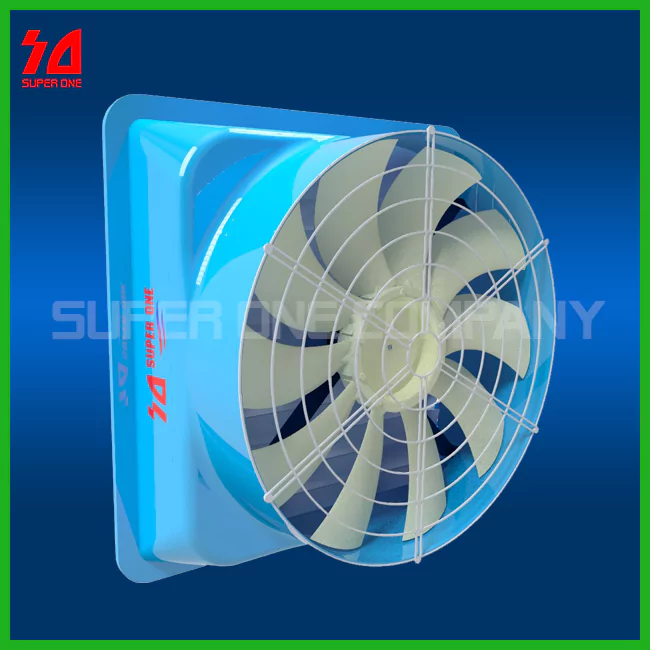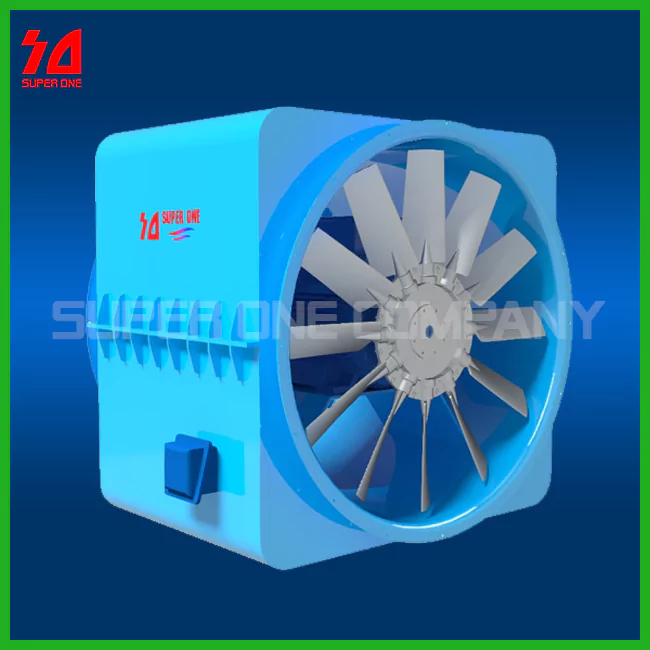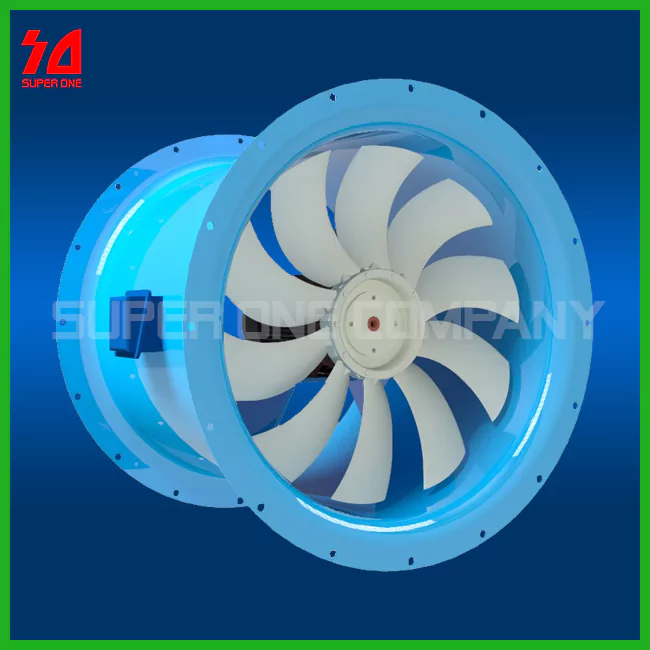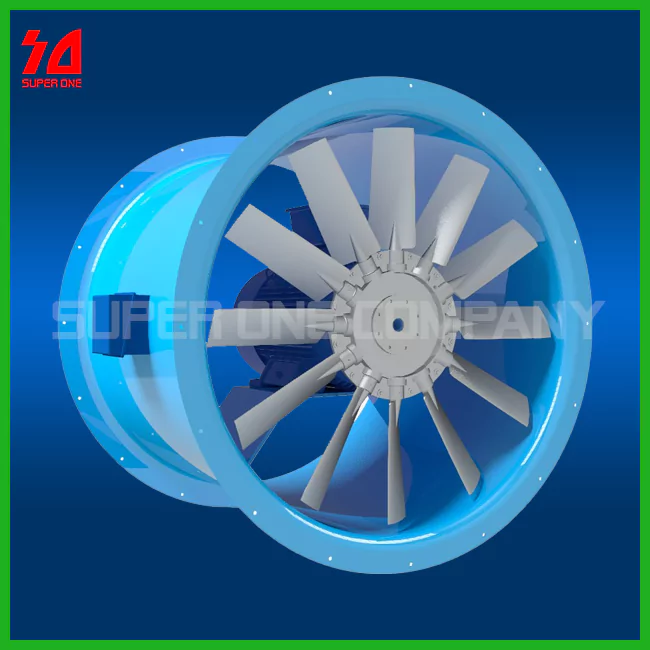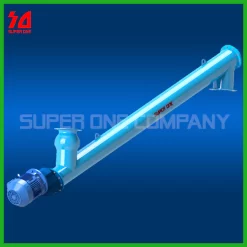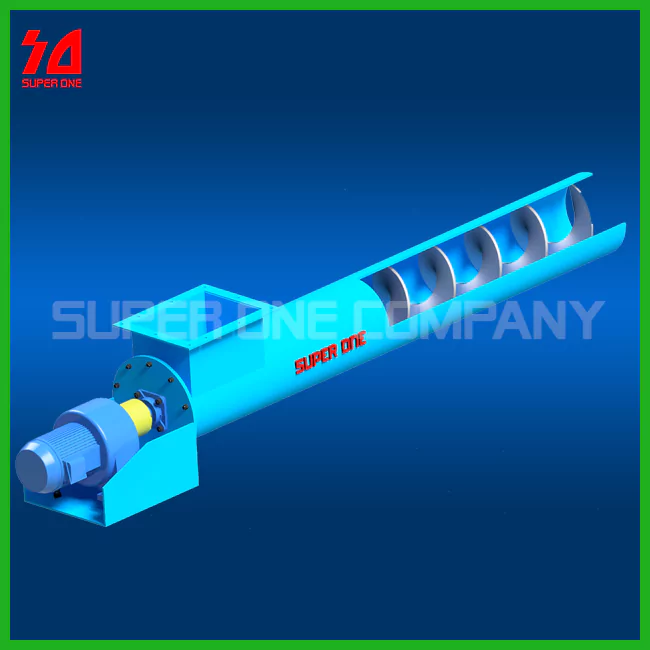50,000,000₫ 25,000,000₫
Specifications
-
Screw diameter: Φ141 – Φ800 mm
-
Material: Stainless steel, carbon steel, galvanized steel, etc.
-
Power: 2.2 – 30 kW
-
Length: Under 1 m – 12 m
-
Rotation speed: 30 – 90 rpm
What is a shaftless screw conveyor?
A shaftless screw conveyor, also known as a shaftless spiral conveyor, is a type of screw conveyor that does not have an internal shaft, allowing it to handle a wide range of high-viscosity materials.
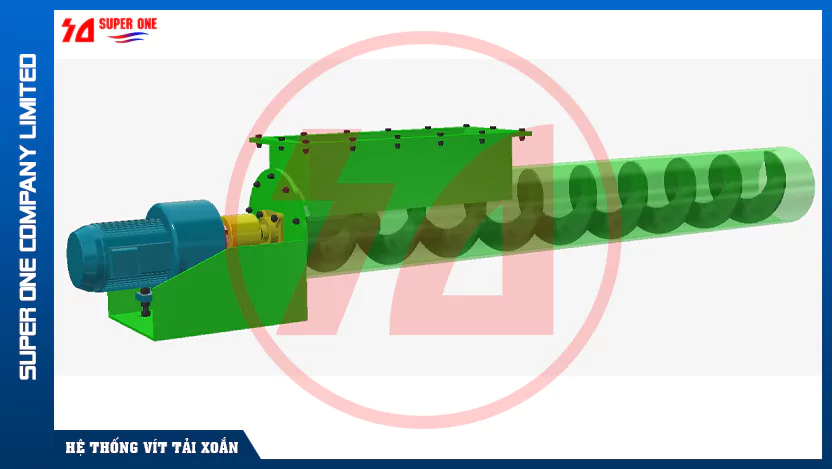
Working Principle of Shaftless Screw Conveyors
The working principle of a shaftless screw conveyor has some similarities but also key differences compared to traditional shafted screw conveyors.
Basically, both types operate on the spiral principle to move materials. However, the shaftless screw conveyor differs in several important ways:
-
No central shaft
-
Continuous spiral blades
In a shaftless screw conveyor, there is no shaft to attach the spiral blade. Instead, the spiral blades are continuously welded in a helical spring-like form. When the motor rotates, the entire spiral screw rotates and pushes the material along the trough.
Why Use a Shaftless Screw Conveyor?
This design eliminates the central shaft and uses bearing-mounted supports. It consists of thick spiral loops welded together. Thanks to this unique design, this type of screw conveyor is flexible and offers several notable advantages:
-
Flexibility: Can handle a wide range of materials and can be designed to suit various applications.
-
Reduced clogging: The open center allows material to flow more smoothly.
-
Less material buildup: Prevents accumulation on the shaft, which reduces weight and power consumption.
-
Low energy consumption: Operates at low speeds without a central shaft, resulting in lower energy use.
-
High conveying capacity: Capable of transporting large volumes of material.
-
Compact and space-saving design: Simple, durable, and efficient.
-
Easy maintenance: Requires minimal maintenance and reduces maintenance costs.

What Materials Can Shaftless Screw Conveyors Handle?
Shaftless screw conveyors are widely used across various industries due to their superior advantages over traditional screw conveyors.
With their unique design, shaftless screw conveyors can transport a wide range of materials, such as:
-
Mixed materials: e.g., biomass, paper, and wood.
-
Powdered materials: e.g., ash, chemicals, flour, etc.
-
Fluffy materials: e.g., wood shavings, hay, etc.
-
Abrasive materials: e.g., coal, asphalt, aggregates, gravel, and sand.
-
Wet or sticky materials: e.g., wastewater, sludge, and general waste.
Thanks to the absence of a central shaft, shaftless screw conveyors prevent materials from sticking, ensuring faster and more efficient transport—especially for difficult, high-viscosity materials.
Additionally, with their ability to handle viscous materials, shaftless screw conveyors are highly favored in industries such as:
-
Wastewater treatment
-
Mining
-
Agriculture
-
Energy (boilers, incinerators)
Given these advantages and diverse applications, shaftless screw conveyors are increasingly popular and widely used in many industrial sectors.
Structure of a Shaftless Screw Conveyor
The main components of a shaftless screw conveyor include:
-
Trough or housing for material transport
-
Helical screw blade welded in spiral loops
-
Drive motor and transmission unit
-
Inlet and outlet ports
-
Bearing supports

Shaftless Screw Conveyor Specifications
-
Screw diameters: D140, D168, D219, D273, D325, D450, D500 (for pipe-type conveyors)
-
Screw pitch: 0.75D, 1D, 1.5D
-
Materials: Stainless steel, carbon steel, galvanized steel, etc.
-
Length: Under 1m to 12m each unit (depending on size)
-
Capacity: Customizable
-
Rotation speed: 30–90 rpm
-
Blade types: Customizable (please refer to our product options)

How to Select the Right Shaftless Screw Conveyor
To choose a shaftless screw conveyor that fits your application, consider the following key factors:
Material Characteristics:
-
Type of material: Identify the material (granular, powdery, slurry, liquid)
-
Particle size: Affects screw diameter and pitch
-
Abrasiveness and moisture content: Choose wear-resistant materials
-
Temperature: Select heat-resistant materials if necessary
Conveying Capacity:
-
Material flow rate
-
Conveying distance
Operating Conditions:
-
Inclination angle
-
Vertical or horizontal layout
-
Work environment
Hygiene Requirements:
If used in the food industry, ensure compliance with food safety and hygiene standards.
Budget:
Identify your investment capacity to select a solution that fits your financial plan.
Conclusion:
Selecting the right shaftless screw conveyor requires careful consideration of the above factors. To ensure the best choice, we recommend consulting a reputable supplier like Super One for expert advice and support.
Comparison Between Shafted and Shaftless Screw Conveyors
Choosing the right screw conveyor depends heavily on the type of material being conveyed and the operating environment. Below is a detailed comparison between shafted screw conveyors (traditional type) and shaftless screw conveyors, including key features, applications, and pros/cons of each:
| Criteria | Shafted Screw Conveyor | Shaftless Screw Conveyor | Pros / Cons |
|---|---|---|---|
| Structure | Has a central shaft running along the length of the trough | No central shaft; only a helical blade | Shaftless design reduces clogging but requires stronger materials |
| Suitable Materials | Dry, free-flowing materials (powder, granules, cement, etc.) | Sticky, wet, stringy materials (sludge, waste, food residues) | Shaftless is better for “difficult” materials |
| Clogging Resistance | Prone to clogging with sticky or fibrous materials | Low risk of clogging due to open central space | Shaftless offers better flow for tough materials |
| Fabrication Cost | Lower due to simpler design | Higher due to stronger material and special design | Shafted is cost-effective for standard materials |
| Maintenance & Durability | Requires more frequent maintenance (bearings and shaft wear) | Lower maintenance, fewer moving parts | Shaftless reduces downtime and maintenance costs |
| Inclination Capability | Less effective at high angles (over ~30°) | Can operate efficiently at steeper inclines | Shaftless is more flexible in installation |
| Performance | Efficient with consistent materials | Better performance with challenging or variable materials | Depends on material type |
| Common Applications | Agriculture, cement, dry chemicals | Wastewater treatment, food waste, sludge, industrial waste | Each type suits specific industries |
Conclusion:
-
Use shafted screw conveyors for standard, dry, and uniform materials when cost efficiency is important.
-
Choose shaftless screw conveyors when handling sticky, wet, or irregular materials, especially in wastewater or food processing industries.
For optimal performance and durability, consult a reliable supplier like Super One to determine the best solution for your specific needs.
Contact Us – Super One
Super One is a highly reputable company specializing in the design and manufacturing of various types of screw conveyors. With many years of experience, we are committed to delivering high-quality products in a wide range of sizes and materials to meet all customer needs.
To get more details on pricing for shaftless screw conveyors and related products, please contact us using the information below for design consultation and a prompt quote.

Related products
Screw conveyors
Screw conveyors
Screw conveyors
Screw conveyors
Screw conveyors
Screw conveyors
Screw conveyors
Screw conveyors




